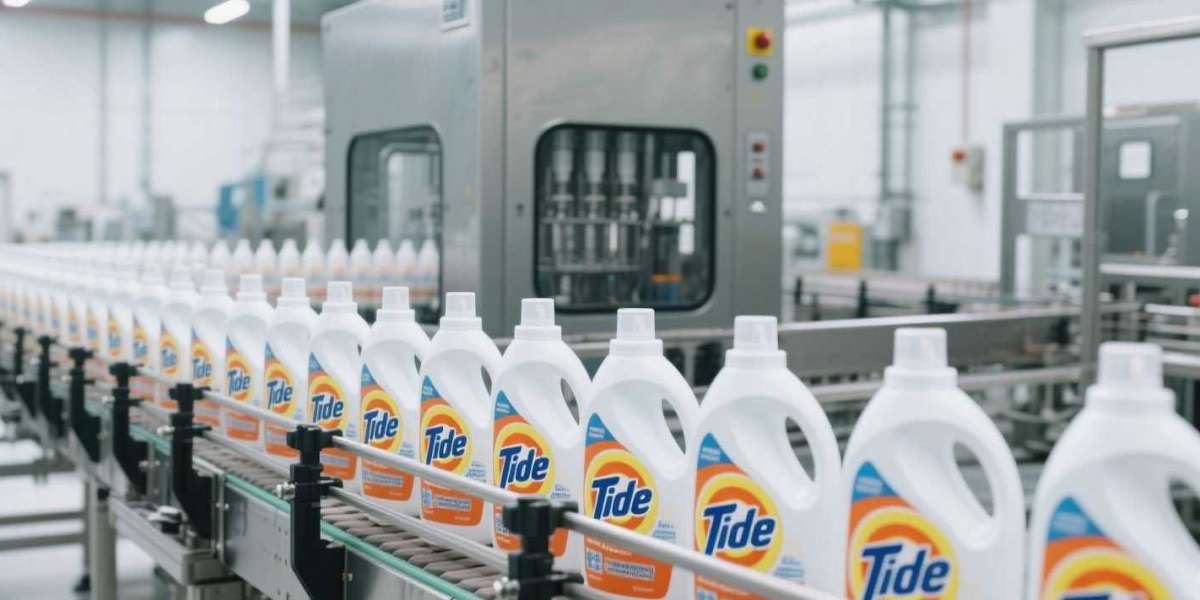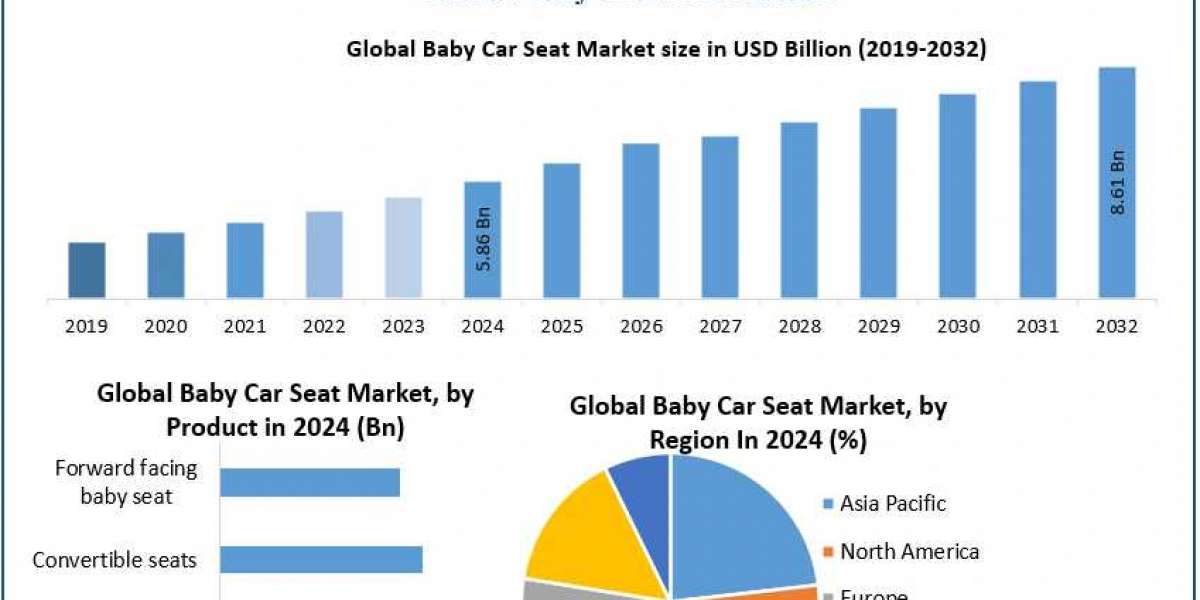A detergent filling machine is a key investment for businesses in the cleaning product industry. It boosts productivity, cuts waste, and ensures consistent packaging. Yet, new buyers often rush into purchases without careful planning, leading to costly errors. These mistakes can slow production, increase maintenance fees, or even require replacing the machine entirely. Below are the five most common mistakes new buyers make—and how to avoid them.
1. Choosing the Wrong Model for Production Scale
One big mistake is picking a detergent filling machine that doesn’t match your production needs. Many new buyers focus only on price and ignore key specs like production speed or filling volume. For example, a small business might buy a high-speed filling machine that fills 4000 bottles per hour, wasting money on unused capacity. On the flip side, a growing factory might opt for a low-speed model (5-25 bottles per minute) and struggle to meet demand.
Always calculate your daily/weekly output first. If you package 1000 bottles daily, a machine with 1800 bottles per hour capacity works. For large-scale operations needing 10,000+ bottles daily, a high-speed model is necessary. Also, check the filling volume range—ensure it fits your container sizes (e.g., 50ml sachets or 5L bottles).
2. Ignoring Detergent Viscosity and Filling Technology
Detergents vary in thickness—from thin liquid dish soap to thick laundry paste. New buyers often overlook this and choose a machine with the wrong filling technology, leading to messy spills or inaccurate fills.
Different technologies work for different viscosities:
- Gravity filling is best for thin, non-viscous detergents.
- Piston filling handles thick, viscous products like paste detergents.
- Vacuum filling works for foamy or volatile detergents.
Using a gravity filler for thick detergent will cause slow, uneven fills. A piston filler for thin liquid might lead to overfilling. Always share your detergent’s viscosity with suppliers to pick the right tech.
3. Overlooking Machine Material Quality
Detergents are often corrosive, so machine material matters. New buyers sometimes choose machines with cheap metal parts instead of stainless steel, leading to rust, contamination, and short machine life.
The contact parts (parts touching detergent) should be made of SUS304 or SUS316L stainless steel. These materials resist corrosion and meet hygiene standards. Avoid machines with plastic or ordinary steel contact parts—they’ll wear out fast and might taint your product. Ask suppliers for material certificates to confirm quality.
4. Miscalculating Automation Needs
Automation levels (manual, semi-automatic, fully automatic) affect cost and efficiency. New buyers often make two extremes: buying fully automatic machines they don’t need, or choosing manual ones that slow production.
- Manual machines (1-2 filling heads) work for tiny businesses (100-500 units daily) but require more labor.
- Semi-automatic models balance cost and efficiency for small-to-medium businesses, combining automated filling with manual container loading.
- Fully automatic machines integrate with labelers and cappers—ideal for large factories needing high volume and minimal labor.
Also, check if the machine can integrate with your existing production line. A machine that can’t connect to your labeler or capper will create bottlenecks.
5. Forgetting About After-Sales Support
Many new buyers focus only on the machine’s upfront cost and ignore after-sales support. This is a big mistake—detergent filling machines need installation, training, and maintenance.
Without proper support, you might struggle to set up the machine, leading to delays. If parts break, lack of repair services can stop production for weeks. Before buying, ask:
- Do they offer on-site installation?
- Will they train your staff to operate the machine?
- Do they provide replacement parts quickly?
- Is there a warranty (and what does it cover)?
A slightly more expensive machine with good support is better than a cheap one with no help.
Buying a detergent filling machine is a big decision, but avoiding these five mistakes will save you time and money. Always match the machine to your production scale, choose the right filling technology for your detergent’s viscosity, prioritize stainless steel parts, pick the correct automation level, and check for strong after-sales support. By taking these steps, you’ll invest in a machine that boosts efficiency and grows with your business.








